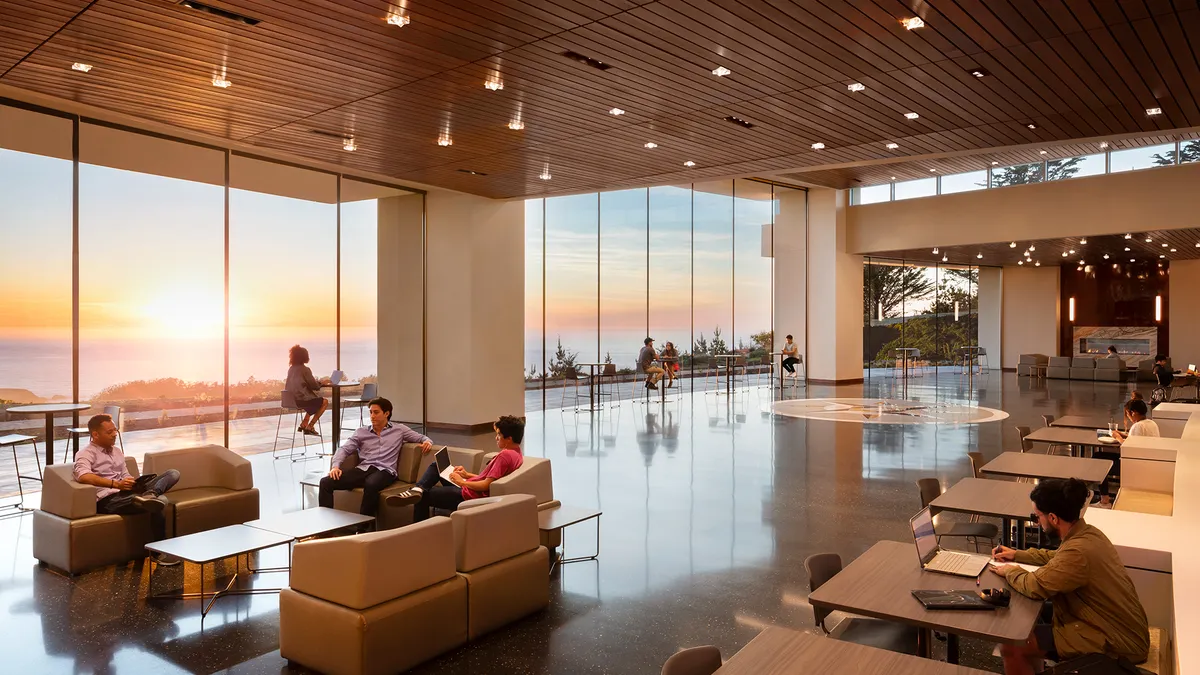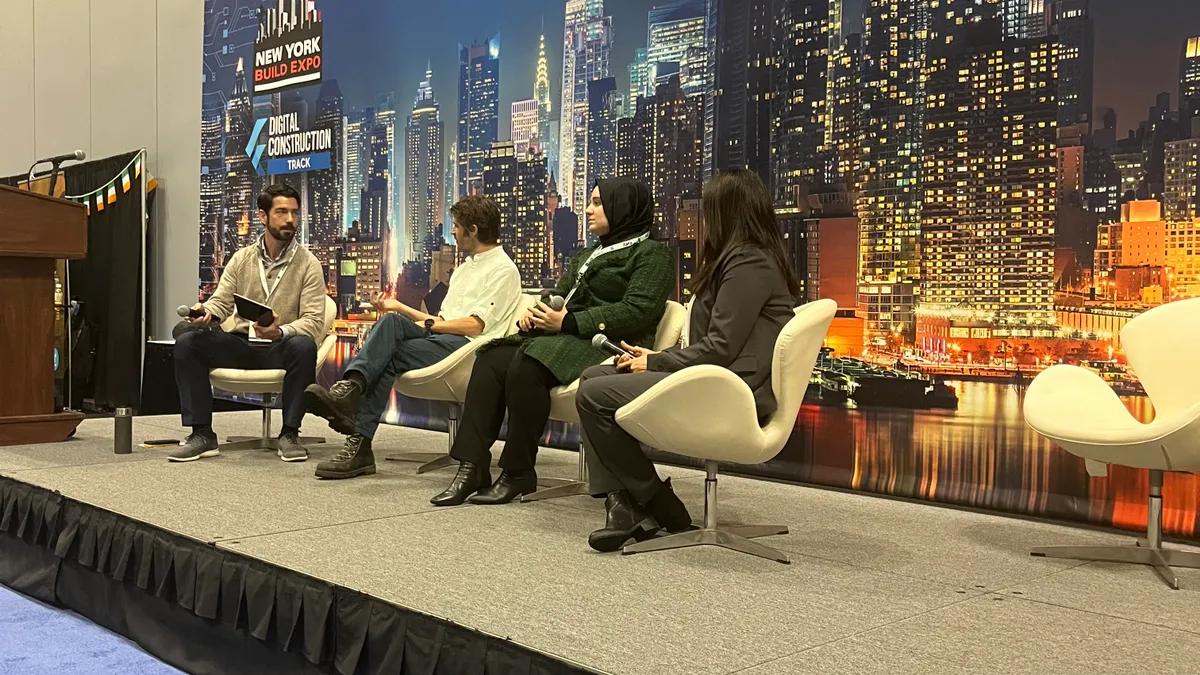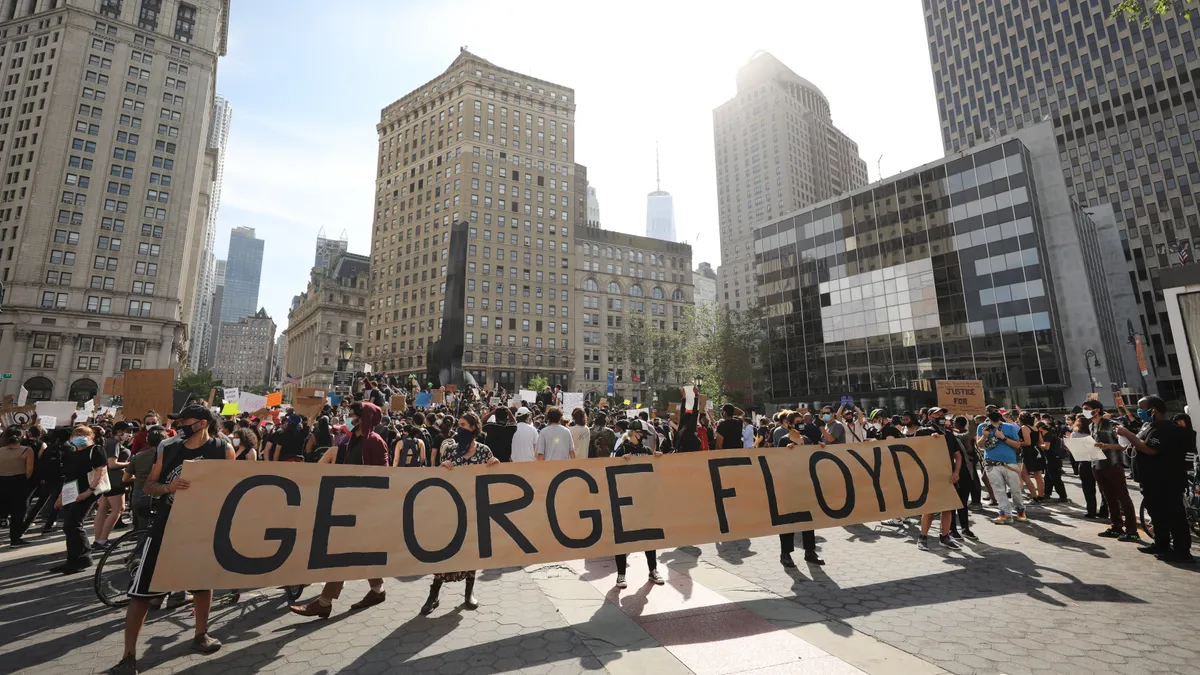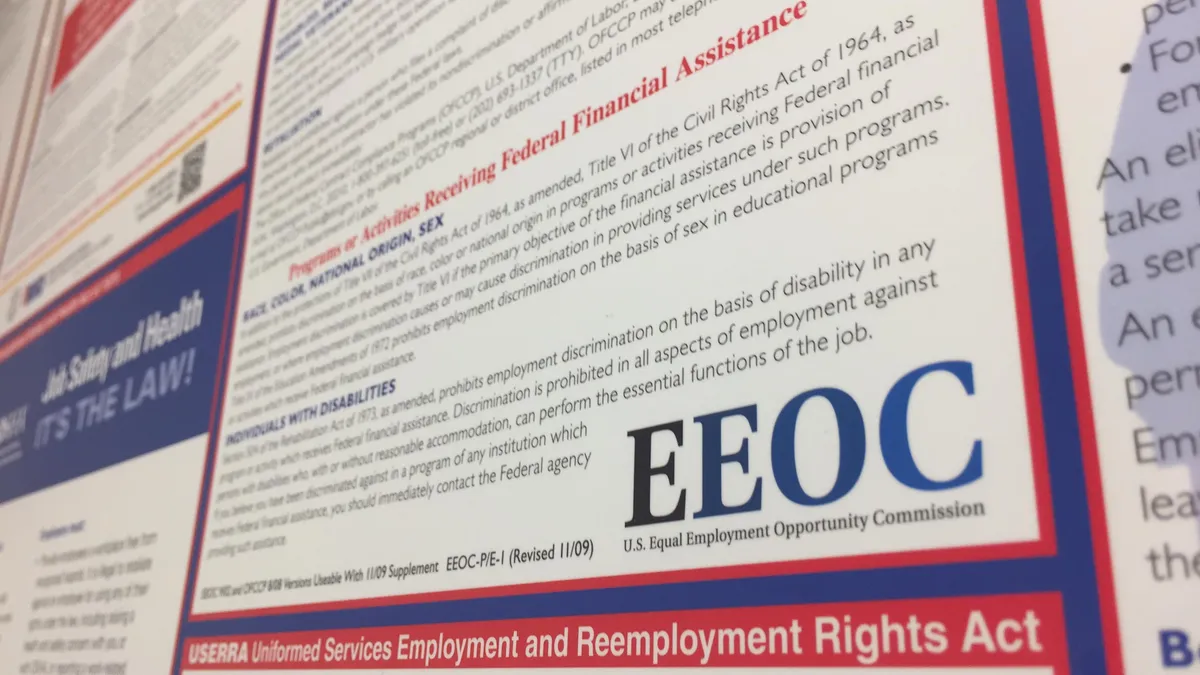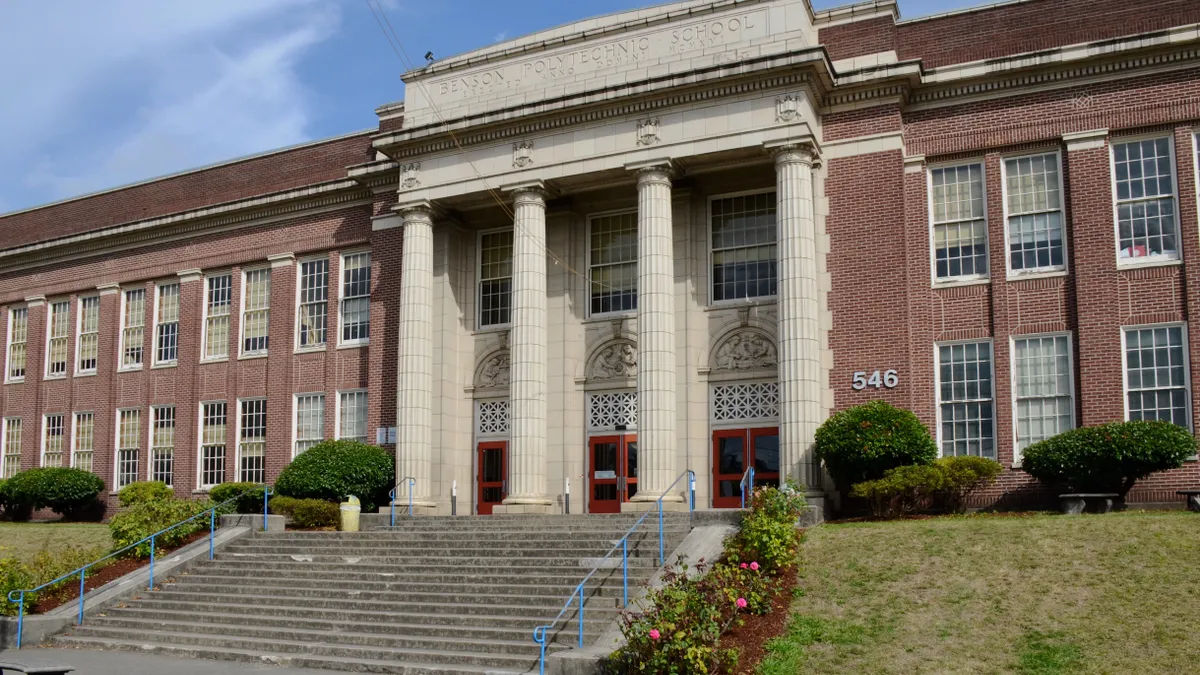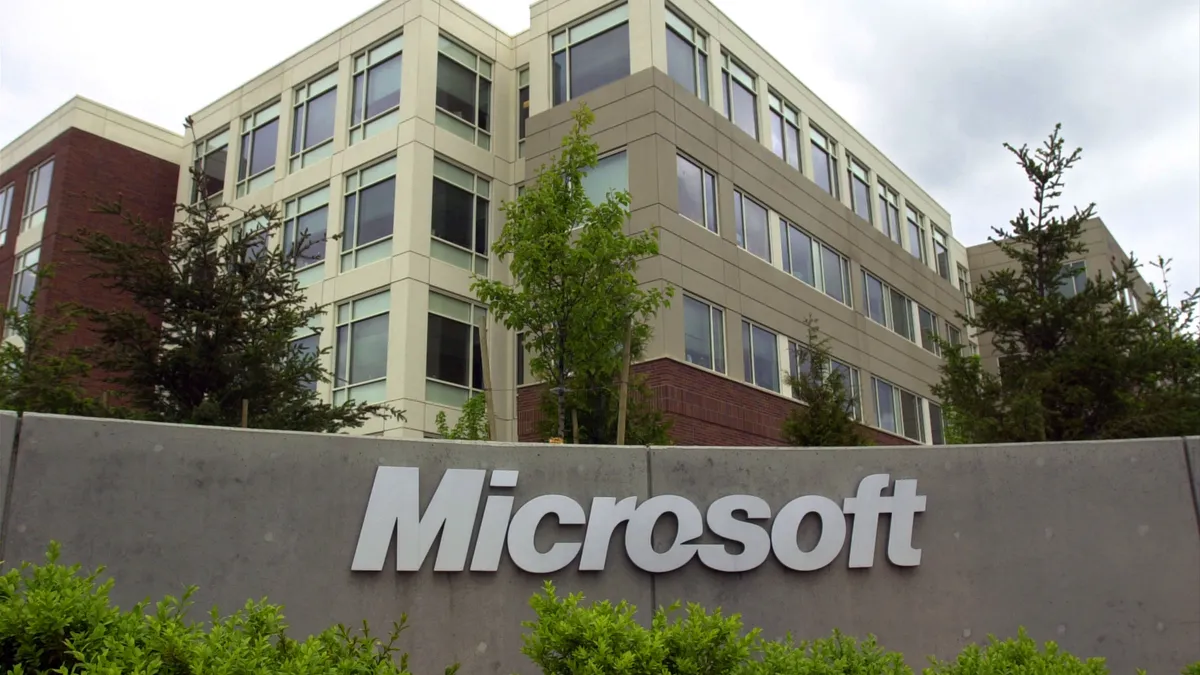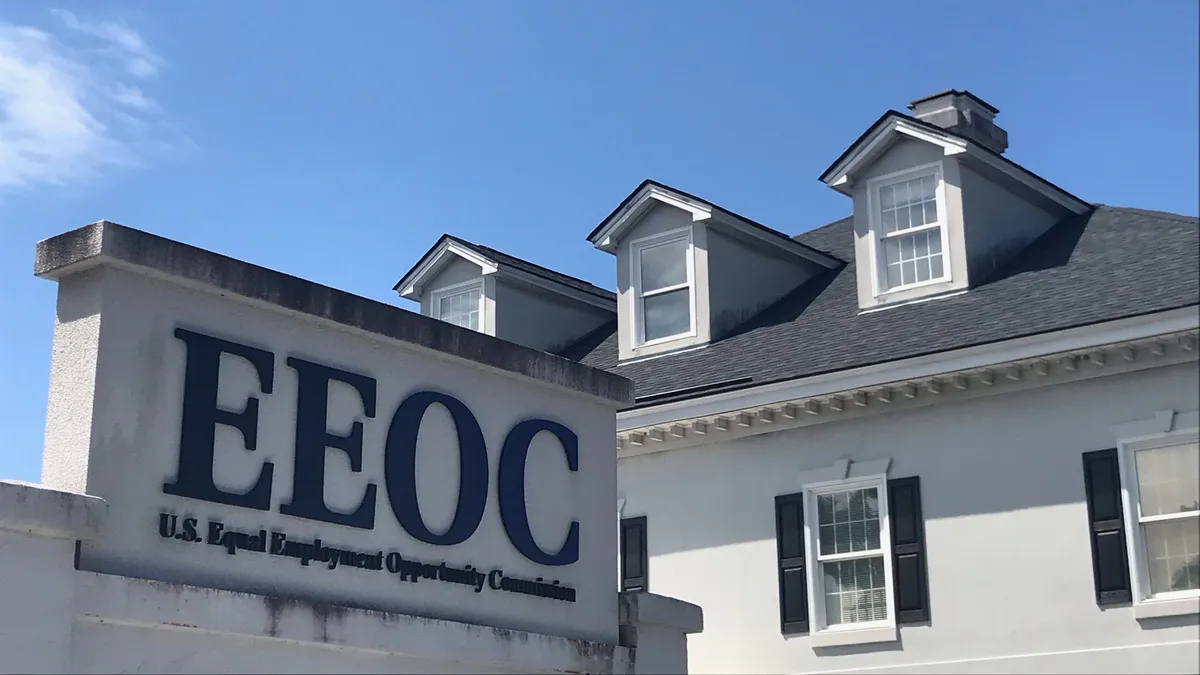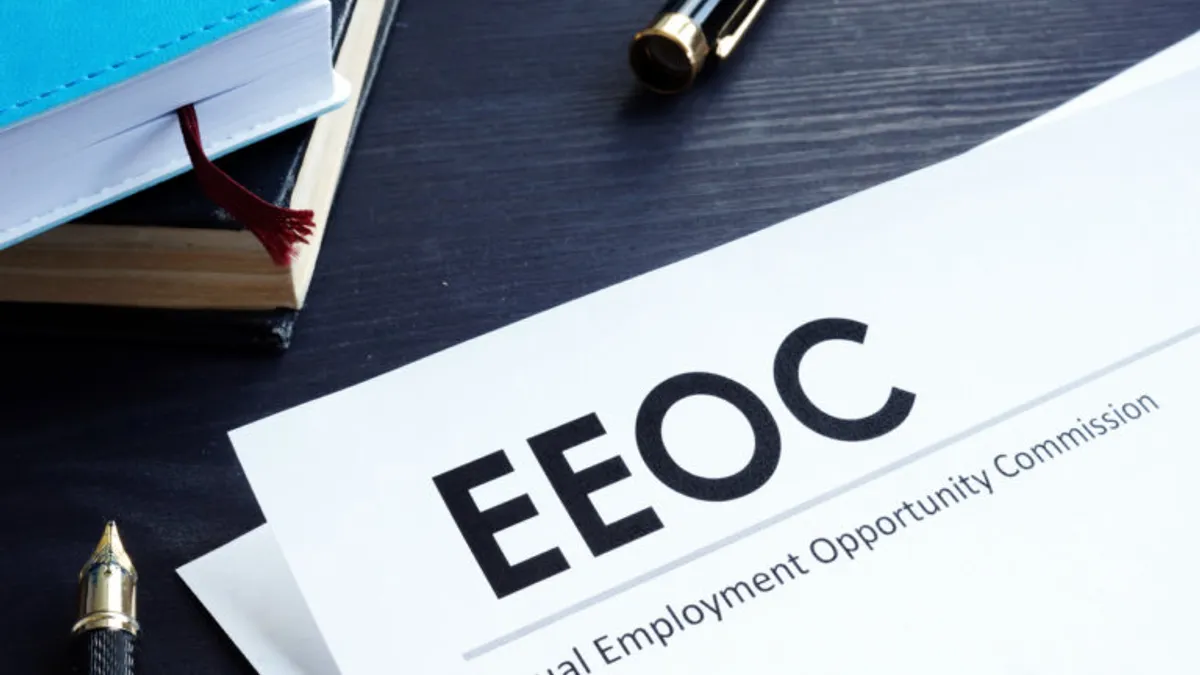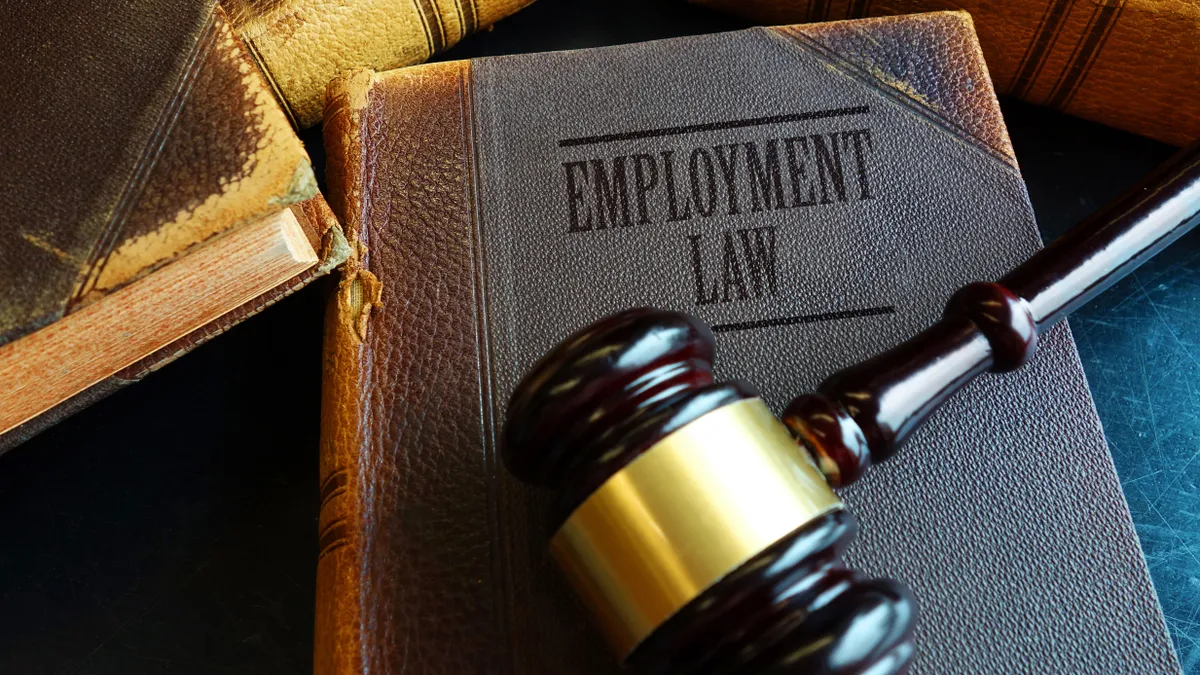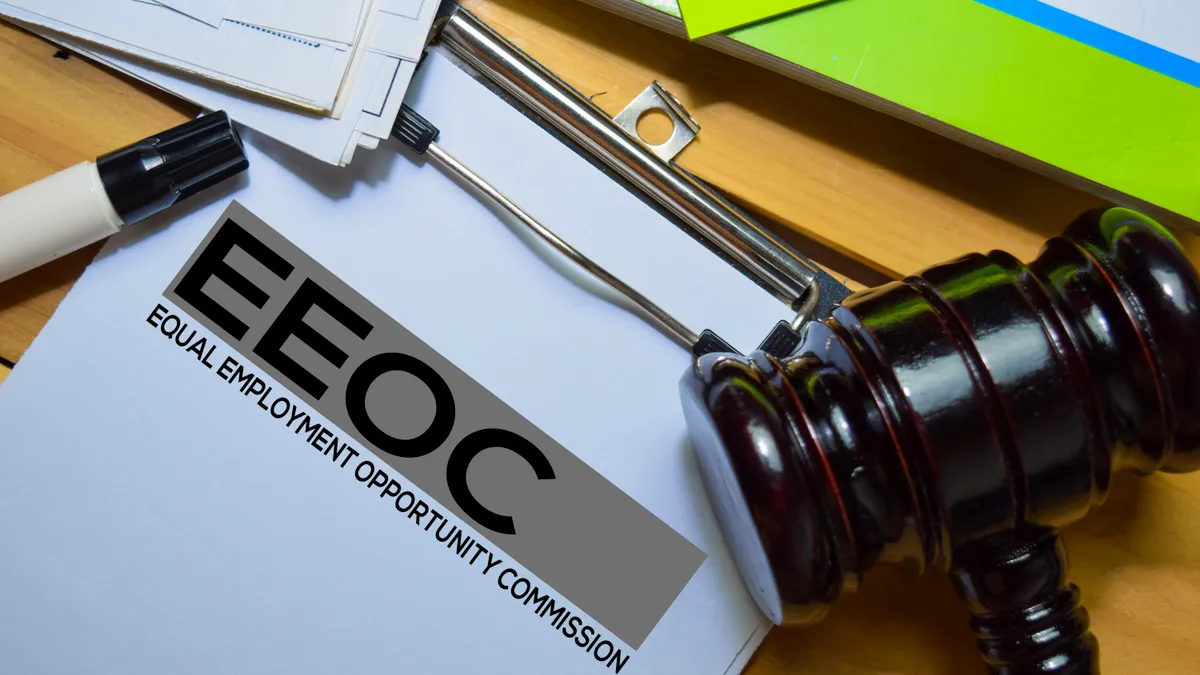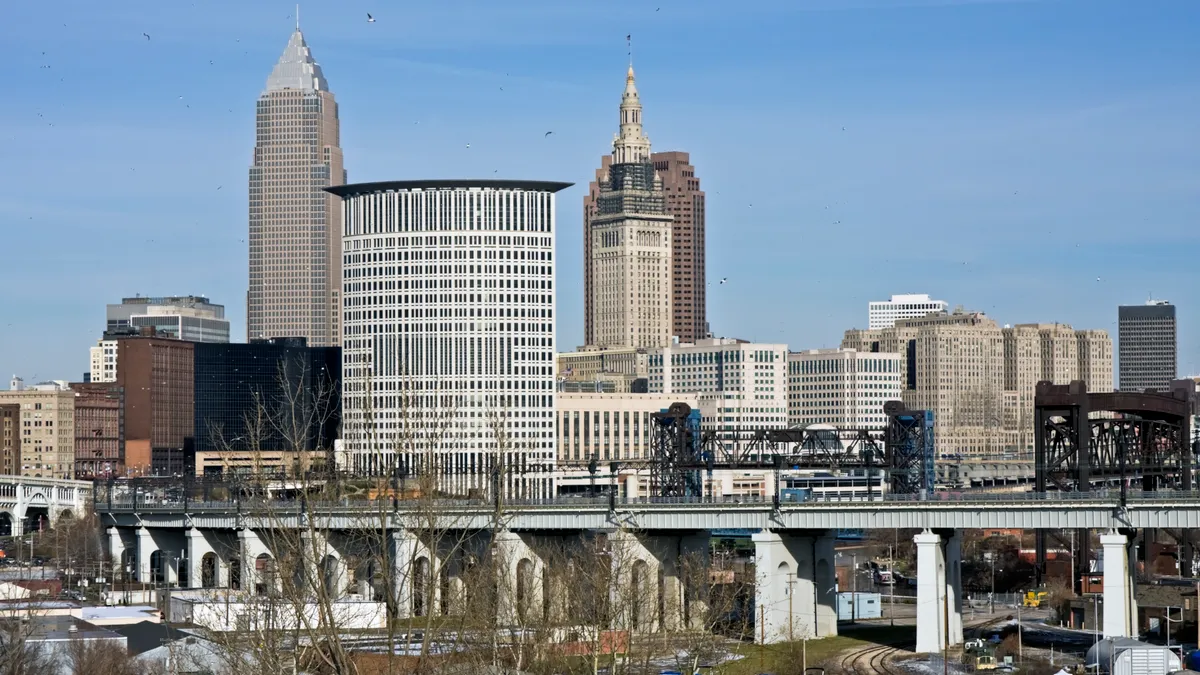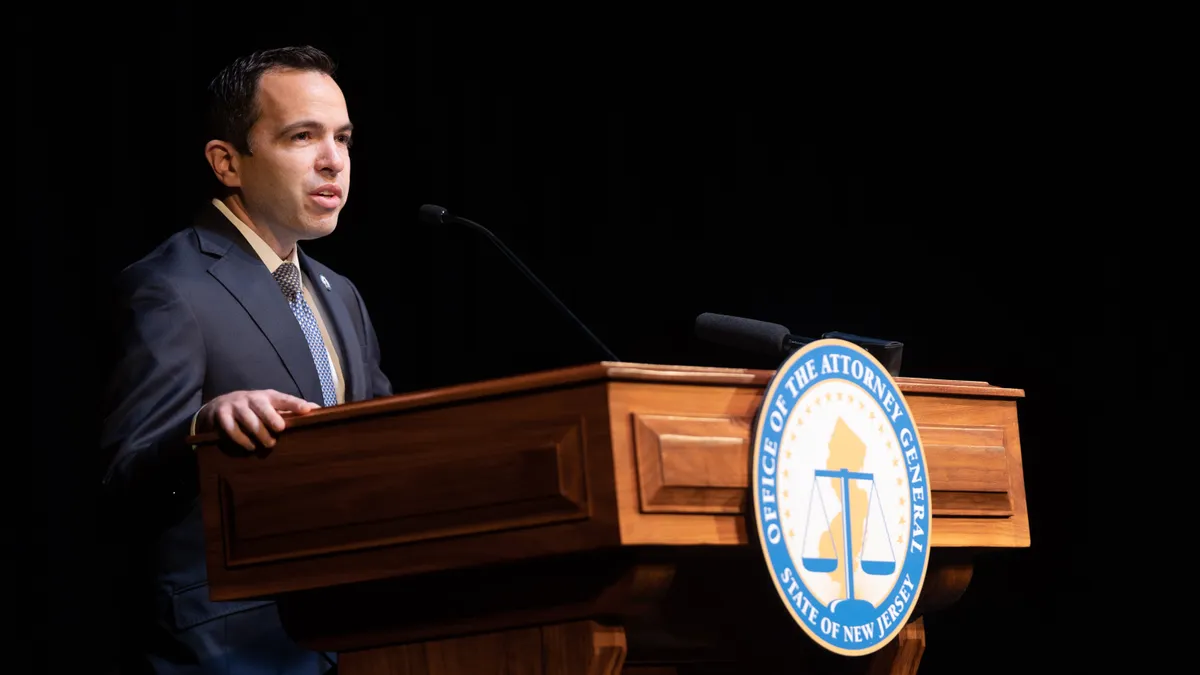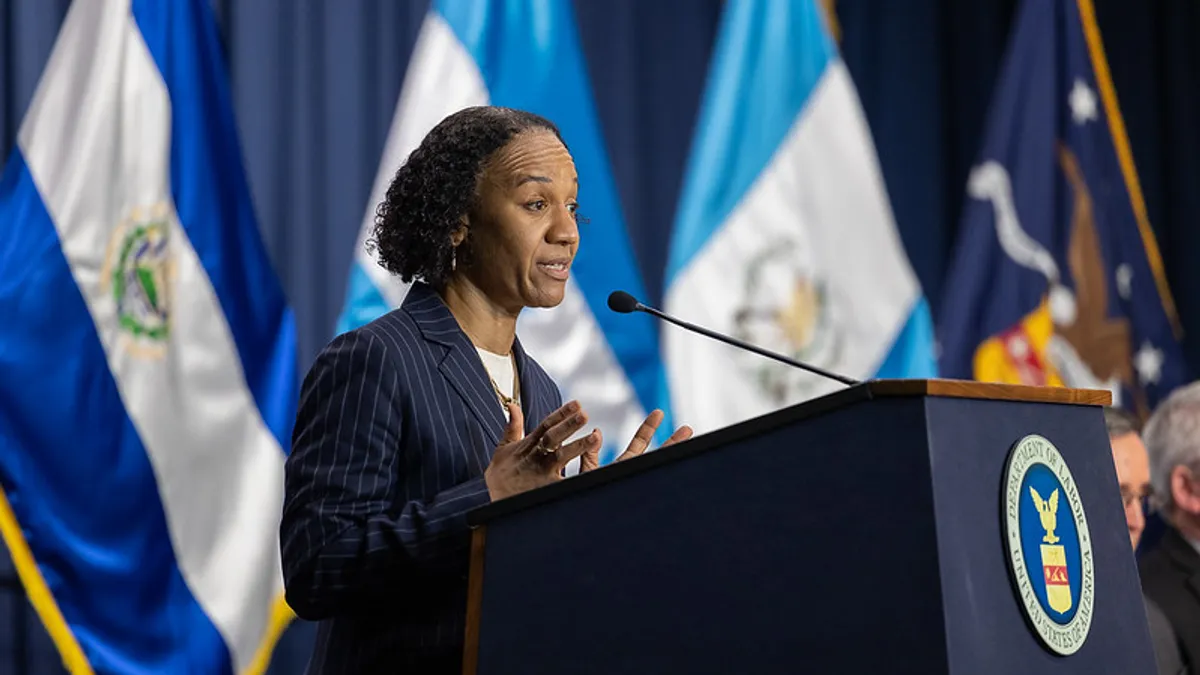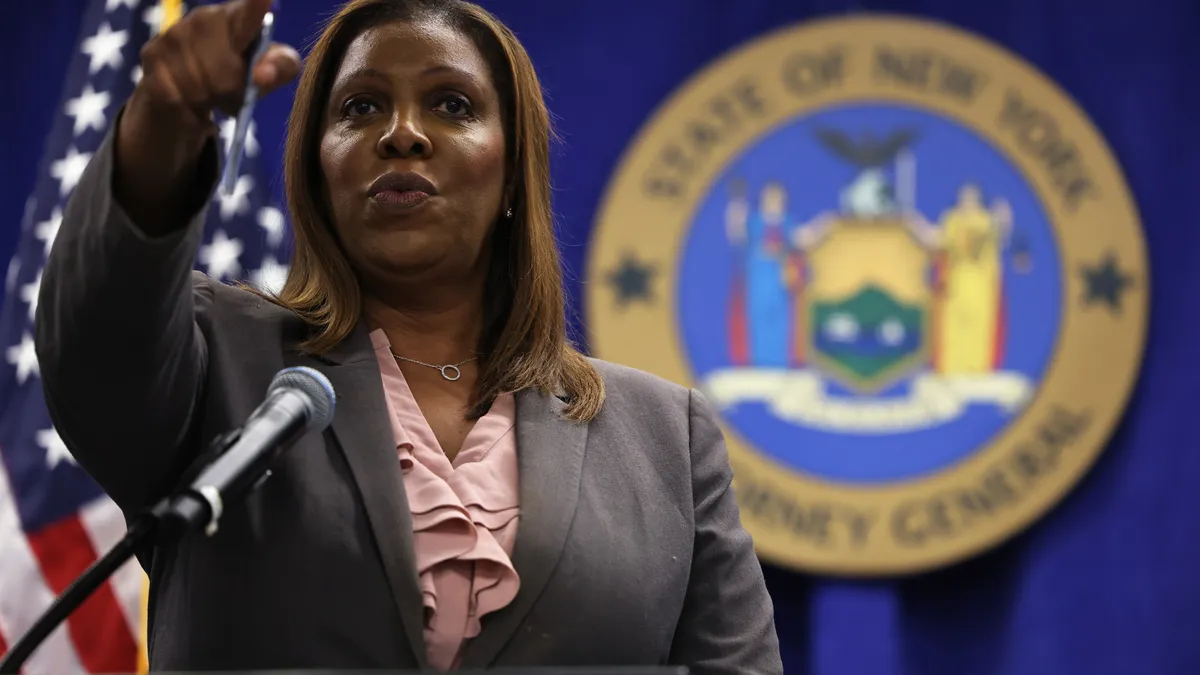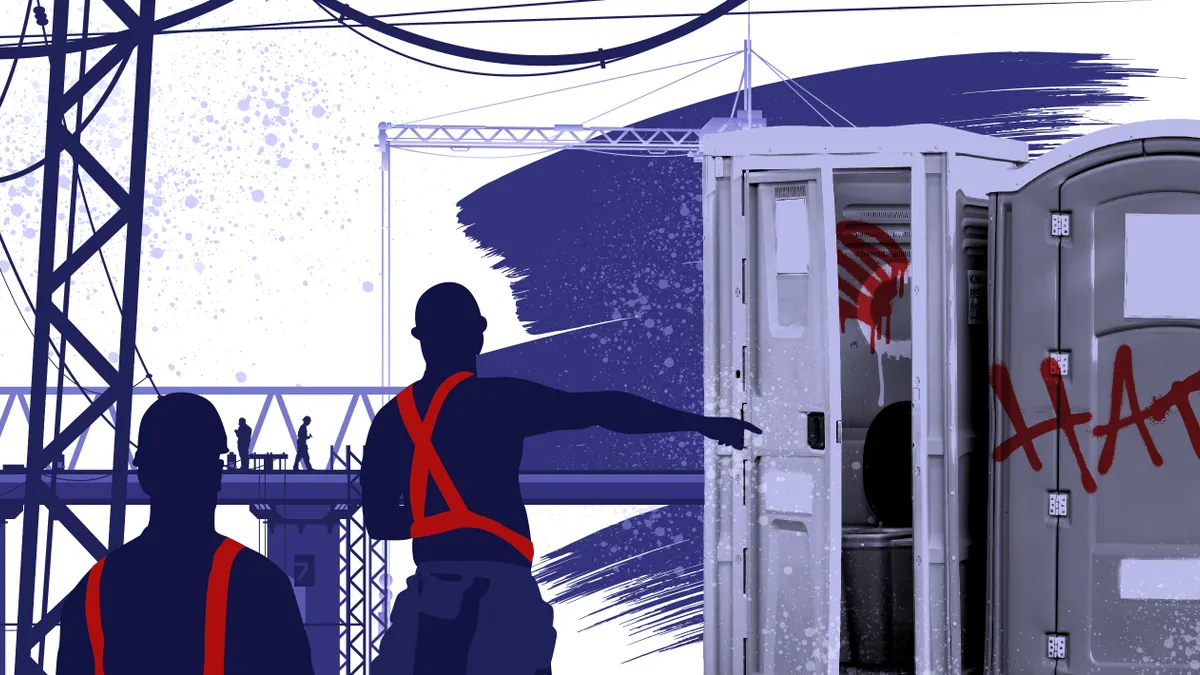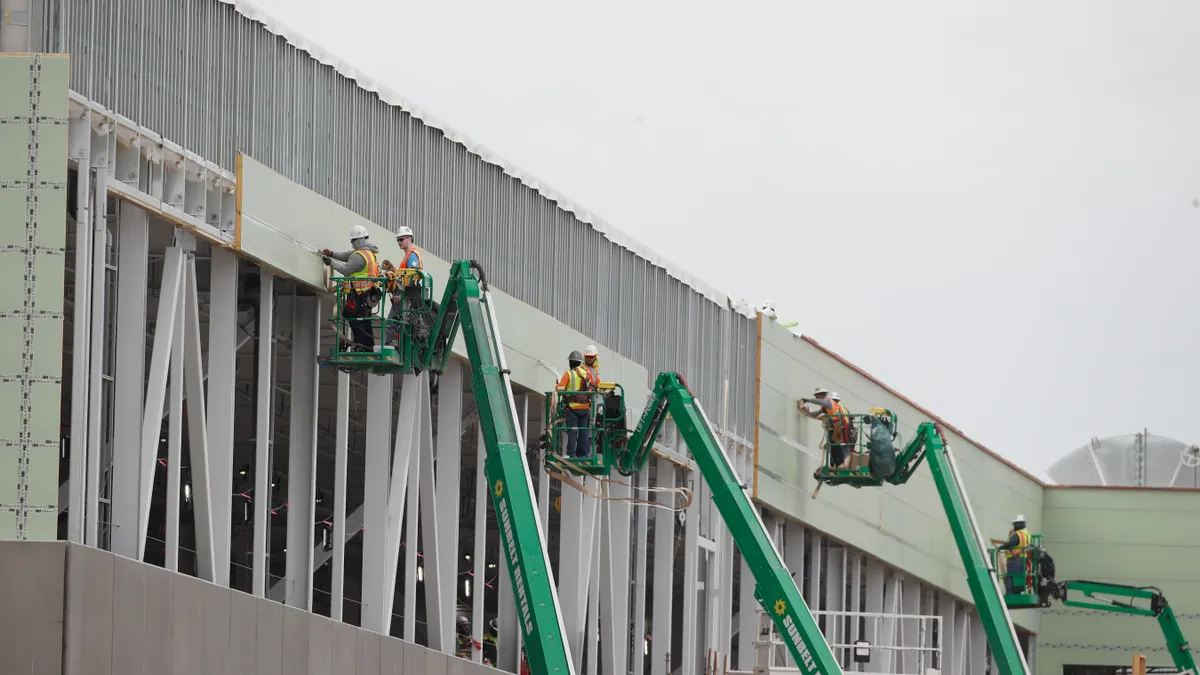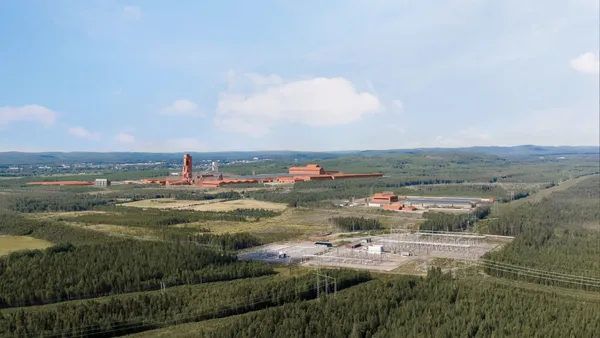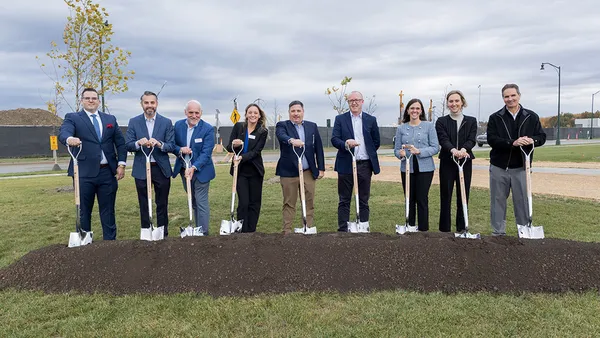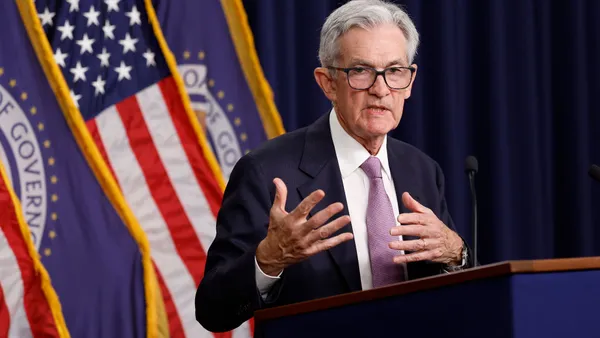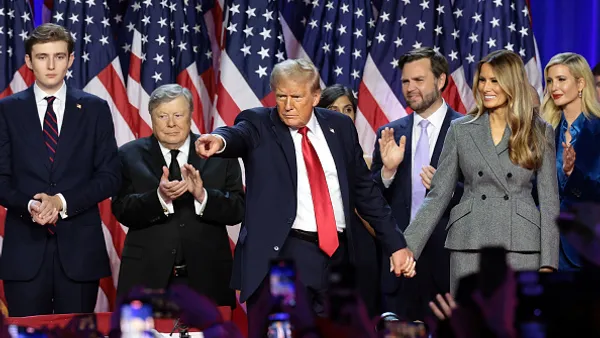This article is the second in a series looking at diversity and inclusion on U.S. construction sites. Click here for the first article.
When it comes to diversity and inclusion, construction is still on the ground floor.
Compared to the overall workforce, the construction industry is overwhelmingly White and male. Even though Hispanic or Latino people, which is a measure of ethnicity and not race, make up 30% of construction workers, they're often in lower-level positions without opportunity for advancement, enforced by what Turner Construction CEO Peter Davoren calls the "caste system" of construction's top-down hierarchy.
While the numbers are lamentable in themselves, they're becoming a larger issue for contractors who are running into diversity and inclusion requirements from clients and government agencies.
Percent of employed persons by sex, race and Hispanic or Latino ethnicity
| Women | White | Black or African American | Asian | Hispanic or Latino | |
|---|---|---|---|---|---|
| All Industries | 46.8% | 78% | 12.1% | 6.4% | 17.6% |
| Construction | 10.9% | 88.6% | 6% | 2% | 30% |
Source: Bureau of Labor Statistics
"It's been slow to come to the construction industry," said Linda Foggie, senior vice president of New York-based contractor and owner's rep Turner & Townsend. "It's hitting other industries much faster, but now it's coming to construction, too. You need your company to be ready."
Despite the industry's homogeneous statistics, more firms today are being intentional about increasing diversity in the workforce and making construction more inclusive for all people who want to be in it. Here, Construction Dive spoke with three construction firms that are putting in the work to change the faces of their workforce about how they're tackling the issue.
XL Construction: Pushing, and pulling, toward diversity
At Milpitas, California-based XL Construction, senior vice president of integrated solutions Chris Bailey says the company has a goal on its projects of 25% participation of underrepresented business enterprises (UBEs), including minority and women-owned subcontractors and trade partners.
While it hasn't reached that goal — it's tracking at about 18% today versus 14% a year ago — it is making progress, with the following breakdown of UBE inclusion across its various business segments:
- Life sciences 8%
- Corporate offices 10%
- Civic 16%
- Healthcare 23%
- Education 25%
Part of the higher penetration numbers for education came on XL's jobsite at Skyline College in San Bruno, California, where it built a 21,000-square-foot environmental science building (shown at top).
Like many in construction, the firm has increased its focus in this area since George Floyd's murder and the social upheaval that followed in 2020. But it is also answering the call of its clients, at least in certain sectors.
"What we've found is that there are market sectors where the engagement of UBEs is much more prevalent because it's driven by federal entities or is driven by county mandates, and it's part of the vision and expectation for the project," Bailey said. "So education, healthcare and civic are mandating that we address this."
Other sectors, however, such as life sciences and major Silicon Valley technology firms in XL's corporate office category, have been slower to focus on inclusion and diversity on projects, especially since UBE firms tend to be smaller and undercapitalized.
"It's a very specialized marketplace, and owners are not predisposed to taking the small guy and handing him something that is a critical part of their technical process," Bailey said. "So we find there's a little more resistance in the life sciences and tech fields for embracing minority businesses."
Some of Bailey's tips include:
Make allowances for smaller firms. Smaller firms with a shorter business history and those owned by women and minorities often struggle to meet surety and experience modification ratings (EMR) for safety, as well as underwriting and equity requirements for larger projects. To get around those hurdles, XL has modified its own selection process for subs.
"If we've got a trade partner with a limited history, we've gone back to their insurance company and asked for a letter that says they have zero claims for site accidents in the last two years," Bailey said. "We don't feel like we're lowering the bar. What we're doing is becoming more appreciative of the restrictions and incumbrances UBEs have to overcome to be fully compliant."
Create a database of minority and women-owned subcontractors and trade partners. XL has pushed its clients in the life sciences and tech fields on diversity and inclusion, in order to align its own internal processes for vetting and hiring subs. For example, XL has 380 pre-qualified UBEs in its trade partner database and intentionally seeks out suppliers from that universe to meet its internal 25% UBE solicitation goals on each of its projects.
Push clients to prioritize diversity and inclusion. "What we find with diversity is you can't have one model in three business units and not in the other two. It doesn't make sense for us to think that way," Bailey said. "So in life sciences and tech, it's a bit of push and pull for us. We're driving clients back the other way, saying we've got good representation in our other business units, this is important to us, and while you're not prepared to drive us, we're going to drive it anyway."
Turner & Townsend: Diversity at Hudson Yards
At Turner & Townsend, Foggie has also noticed a shift among clients calling for more diversity. Historically mandates on government projects were the norm, but increasingly those calls are coming from the private clients, with specific goals of 20% participation from underrepresented firms.
"You're seeing a lot more interest from the private side today," Foggie said. "Companies are actually requiring and demanding that you talk about these things, and tell them what you can do."
An example is the $3 billion 30 Hudson Yards project in Manhattan, where the firm worked with owners and tenants Wells Fargo and WarnerMedia on the interior fit out. The result was 49% participation from minority and women-owned business enterprises (MWBE) on the Wells Fargo portion of the project, and 28% of spending going to MWBEs for WarnerMedia's portion.
To bring about those numbers, Foggie implemented a process to help general contractor Structure Tone hit prescribed goals from the beginning. Some of Foggie's tips include:
Spend more time on planning and relationship building. "You've got to sit down and spend more time in the planning stages to set everyone up for success," Foggie said. "When you bring the GC on board and tell them to hit 20% inclusion, if they don't have the right contacts or a roadmap on how to get there, failure can sometimes be inevitable, for both them and diverse businesses."
Leverage outreach programs and partners. Foggie initiates outreach programs to make sure her projects are on the radar of MWBEs.
"We'll actually hire a firm to reach out to groups like the Women's Business Enterprise National Council, the National Hispanic Business Group and other organizations to publicize that this project is happening," Foggie said. "You've got to create that awareness, because a lot of times, these deals get done on the golf course. But not everybody plays golf."
From there, she sets up meet-and-greets with the primary contractor, or on large projects with multiple carve outs, with the leading contractors on specific areas such as electrical and plumbing.
"We're not forcing them to use them, but we create the relationship," Foggie said.
Like Bailey at XL, she said understanding the capabilities of the MWBEs in her network is crucial to success on all sides, especially in the eyes of large contractors that are focused on execution and risk, rather than inclusion.
"We really dig in and try to understand what their capacity is, because the most important thing is to award them work that's appropriate to their scale," Foggie said. "Even if they say yes to a big package, you need to see what they can actually handle."
Ensure clear communication. Finally, Foggie then works with the general and primary contractors on the projects to ensure payment terms and timelines for MWBEs are clear.
"Small companies need faster payment terms," Foggie said. "A lot of the time, they can't float cash for 120 days."
In the end, the process is more complex than bidding a project out to the same large contractors over and over, but it also helps meet owners' goals, while putting a chunk of the spend on multibillion-dollar projects back into the communities they impact.
"To be honest, it's more work for the owner's rep and client," Foggie said. "But if this is something you desire to achieve, it's an investment in the community you're working in. To me, it's worth it to put in a little more effort."
PCL Construction: The power of workforce development
For Priscilla Chavez, who joined Denver-based PCL Construction in 2016 as its diversity and inclusion manager, overcoming the established process for hiring subs at a company founded in 1906 was one of the first challenges she faced.
"Human beings are a creature of habit, and after being in operation for more than 100 years, it's easy to say if it's not broken, don't fix it," said Chavez, who now serves as business development manager at PCL. Some of Chavez's tips include:
Start at the top. Her solution was to first ensure she had buy-in from the top of the organization so she could effectively insert inclusion initiatives into existing processes, a step she considers crucial for other contractors trying to do the same.
"The first thing I did was really look at how the PCL machine worked," Chavez said. "You need to understand how you estimate projects, how you mobilize on a project site, how you typically get people out there, so you can advise based on that understanding."
In addition to seeing more requests from clients about addressing diversity and inclusion, Chavez said increasingly, the municipalities that have approval power over projects want to know who's going to be working on them.
"All the private developers have to put together a community benefits plan," Chavez said. "If they're going to build a skyscraper or another structure, when they go to all those public hearings, the community is going to ask, ‘What are we getting out of this?’" The answer, increasingly, is hiring community members to do the job.
Partner with community organizations. In Los Angeles, for example, she's partnered with the Los Angeles and Orange Counties Building and Construction Trades Council to reach 70% of local workers on her projects there.
"That's a metric I can use when I talk to a developer or an elected official, because it means taxpayers dollars," Chavez said. "Those people are earning and spending dollars where they live, and there's also a case to be made that it counters gentrification and displacement."
One example is Destination Crenshaw, a 1.3-mile open-air celebration of Black art and culture anchored on Crenshaw Boulevard, the spine of L.A.'s Black community. Roughly half of PCL's workers on the project are from the area, with more than 30% identifying as Black or African American. In its overall workforce, just over 10% of PCL's workers are Black, compared to 6% in the national construction labor pool.
PCL's efforts in its workforce development program have also resulted in 600 new careers in construction, with formerly incarcerated individuals making up about 60% of participants in California through a partnership with the Anti Recidivism Coalition.
"Our model says it’s okay to hire a person even though they don't come from a construction family, even if they have a record with the justice system, or even if they might be tagged as non-traditional," Chavez said.
Be proactive. Overall, PCL has a pipeline of $1.5 billion in work with a diversity, equity and inclusion component.
For Chavez, those results originated with asking her team a simple question when she arrived at the company: "What could be possible in terms of our DEI efforts?" she said. "We've had so much success with the structures we've been able to build, and all the places we've gotten to work. What would it look like if we added intention?"



